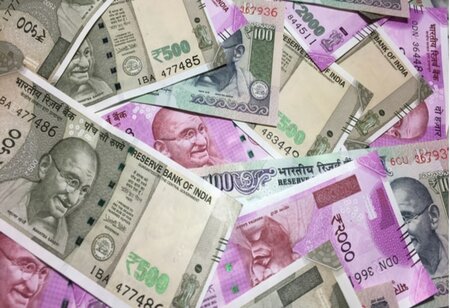Sticky loans beyond 180 days swell to Rs 24,500 crore, More pain for microfinance
 The size of the very sticky microfinance loans, which remained unpaid even after 180 days of their due dates, swelled to about a tenth of the total portfolio which reached Rs 24,500 crore, shortening the odds on more future write-offs by lenders.
The size of the very sticky microfinance loans, which remained unpaid even after 180 days of their due dates, swelled to about a tenth of the total portfolio which reached Rs 24,500 crore, shortening the odds on more future write-offs by lenders.
Three months ago, the aggregate size of sticky loans was estimated at Rs 20,000 crore or about 8% of the microfinance book.
“PAR 180+ DPD continued to increase, reaching 9.3% as of December 2021. Maharashtra, West Bengal and Madhya Pradesh contributed the highest toward flow into PAR 180+ DPD,” said CRIF High Mark Credit Information Services.
PAR denotes portfolio at risk, while DPD means days past due.
The credit bureau said that gross microloan portfolio grew 10.4% year-on-year to Rs 2.64 lakh crore by the end of December last year.
PAR 180+ DPD refers to the proportion of portfolio delinquent by more than 180 days past due, excluding write-offs, calculated as percentage of total portfolio outstanding. The risk of non-recovery increases when borrowers do not pay for a long time.
There could be a need for more technical write-offs for the loan accounts that are backed by provisions but recovery is not happening, Suryoday Small Finance Bank managing director R Baskar Babu said.
“But presently, we are seeing a traction in technically written-off customers coming back and paying as things have settled down,” he said.
Write-off does not mean that the loan is waived. Lenders chase borrowers even after writing off their loans.




